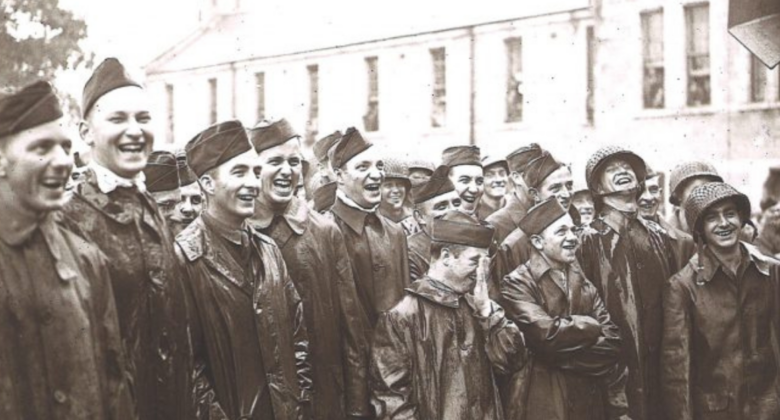As we remember the 75th anniversary of D-Day it is fitting that we remember those who left Cornwall to struggle ashore somewhere in Normandy to start the liberation of Western Europe.
Whilst there may have been some individual Cornish soldiers taking part on D-Day, they did not do so as part of the Duke of Cornwall’s Light Infantry (aside from a few who were assigned to other regiments at the time).
The 5th Battalion of the Regiment did not land in France until 23rd June, at which time they fought gallantly losing a number of soldiers and officers in battle. Most of those who left for Normandy and Omaha Beach from Cornwall that that day were members of the American 29th Infantry Division, ‘the Grey and Blue’ taken from the recognition shoulder patch of the Division.
Omaha beach was the most dangerous place to be on D-Day, becoming known as “Bloody Omaha” because of the casualties suffered there.
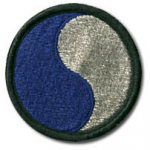
Divisional shoulder patch of the American 29th Infantry Division
Americans in Cornwall
On the 26th September 1942, the bulk of the 29th division boarded the Cunard liner Queen Mary for an un-escorted high-speed crossing of the Atlantic. The rest of the division followed in her sister ship, Queen Elizabeth, and by 11th October 1942, the 29th was complete in England.
The 29th Division spent the first seven months in England in a Victorian barracks in Tidworth. The 200 mile move from Tidworth was carried out on foot, and eventually the whole of the 29th Infantry Division was based in Devon and Cornwall. Cornish towns such as Bodmin, Launceston, Liskeard and Truro soon became vibrant with a new accent, the West Country twang being enhanced with an altogether different drawl.
Some unit locations were in East Cornwall; 3rd Battalion Infantry, Major V P Gillespie, 1,000 men were based at Bodmin Depot. HQ 115th Infantry Regiment, Colonel E N Slappy, 450 men based at Bodmin Depot. 110th Field Artillery (105 mm Howitzers) Lieutenant Colonel J P Cooper Junior, 550 men based at Bodmin Depot. The 1st Battalion was based at Liskeard and the 2nd Battalion at Launceston, each consisting of 1,000 men.
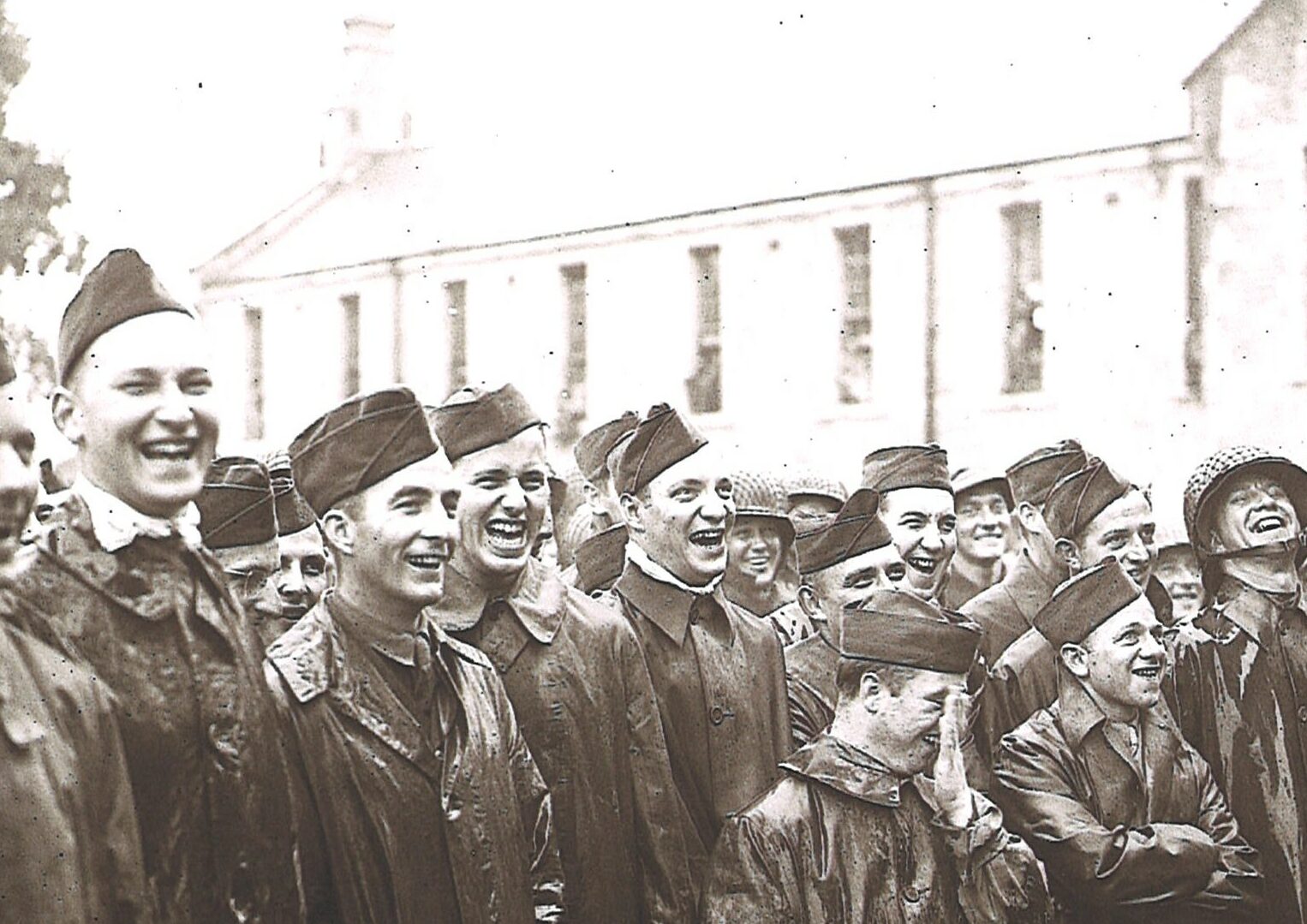
Rain, warm beer, Pounds, Shillings and Pence!
The Americans found the winter weather depressing and a life unlike anything they had experienced previously. The British and their way of life was puzzling to them; they had no refrigerators, no showers, their beer was warm and the minefield of Pounds, Shillings and Pence baffled them.
Keeping warm was a major problem as there was no central heating in Army camps or in many of the private homes. Some things were familiar and comforting though; the language was largely recognisable as a form of English and distances were measured in miles.
Instructions for American Servicemen in Britain 1942
Much effort went into helping both sides understand each other, and the Museum has a facsimile of a small booklet titled “Instructions for American Servicemen in Britain 1942”.
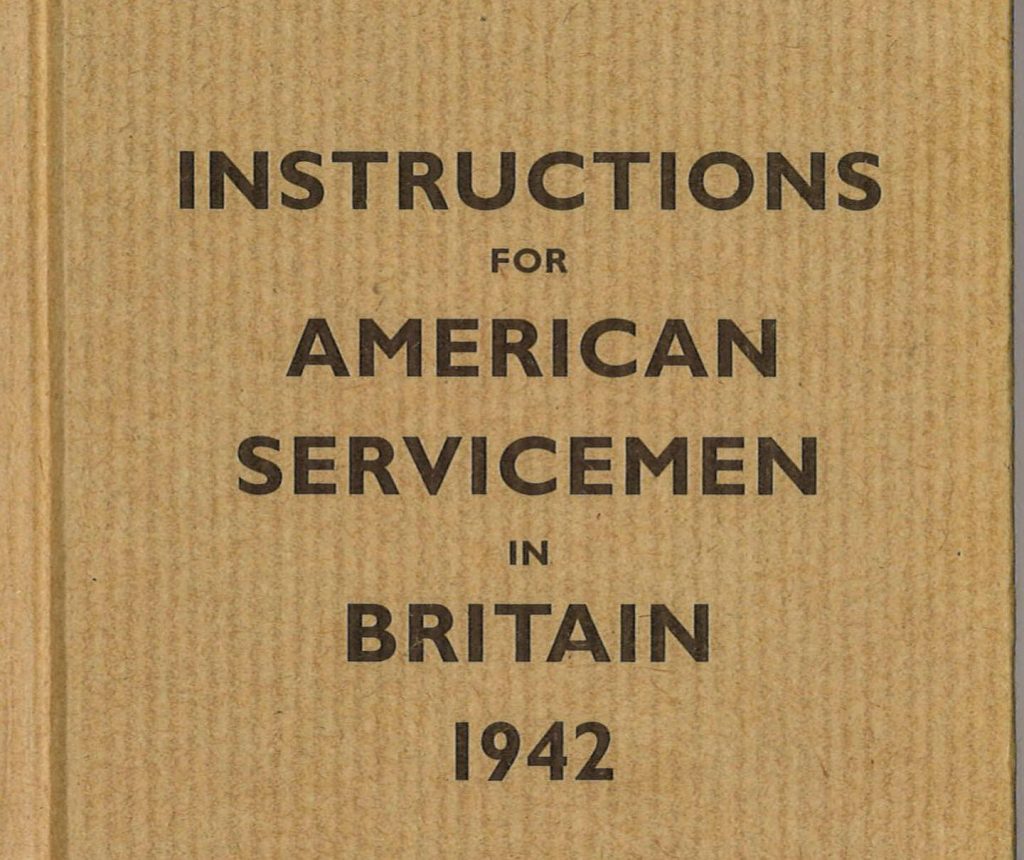
This pamphlet is open and honest in its appraisal of the British people and the society the Americans were about to enter. It is probably fair to say that it would have had varied results for the different subjects it gave advice on. The pamphlet does highlight, if a reminder is needed, that these young men and women travelled thousands of miles from a foreign land to give their best to remove one of the most evil regimes in history. Looking through the pamphlet and the few photographs we have of American troops we have much to be thankful for.
Entertaining the troops at Bodmin Barracks
Keeping up morale was essential as the war went on. America at this time was certainly the home of entertainment with some big hitters when it came to singers and there was no bigger than Bob Hope who paid the troops a visit on 15th July 1943. He came to boost morale and entertain the troops at Bodmin Barracks, despite the typical British weather! The torrential rain did not seem to dampen spirits as shown by the photograph below, and it seems the British tin helmet came in very useful!
Another big hitter in both senses of the word was Joe Louis, World Heavyweight Boxing Champion 1937 to 1949, who also visited Bodmin Barracks in March 1944 to meet the troops before they set off to fight the campaign.
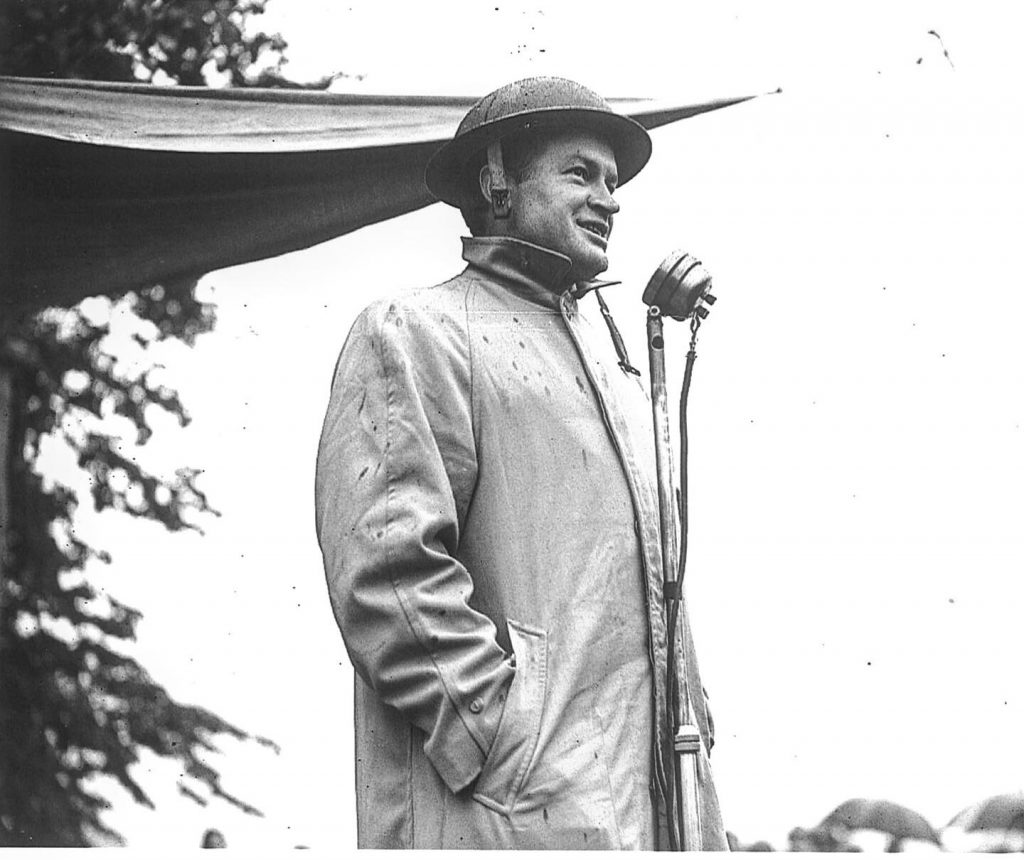
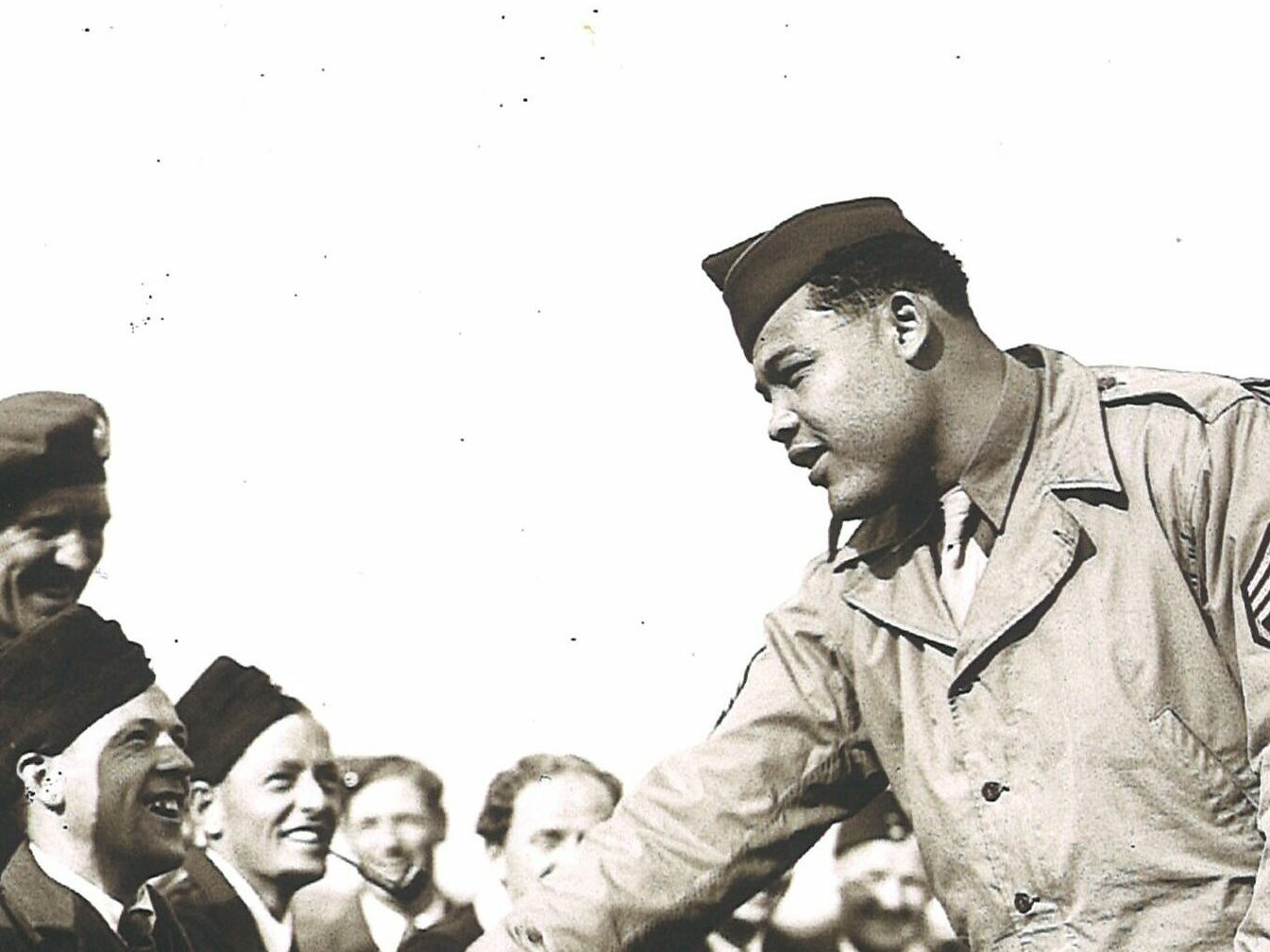
Casualties on ‘The Day of Days’*
The 115th Infantry landed in Normandy at 1025 hours, with the 1st and 2nd Battalions landing first and the 3rd Battalion landing later in the day. The sister Regiment of the 115th the 116th suffered heavily on D-Day, facing the full consequences of Bloody Omaha.
*The Day of Days is a military term: “the day on which a combat attack or operation is to be initiated”
| Unit Casualties 6th June 1944 | KiA | WiA | MiA | Total |
| 116th Infantry Regiment | 247 | 576 | 184 | 1,007 |
| 115th Infantry Regiment | 33 | 68 | 2 | 103 |
| KiA | Killed in Action |
| WiA | Wounded in Action |
| MiA | Missing in Action |
So, I for one, look at these photographs and the faces of these men and wonder what became of them and I am ever grateful of the battle that they fought for us.
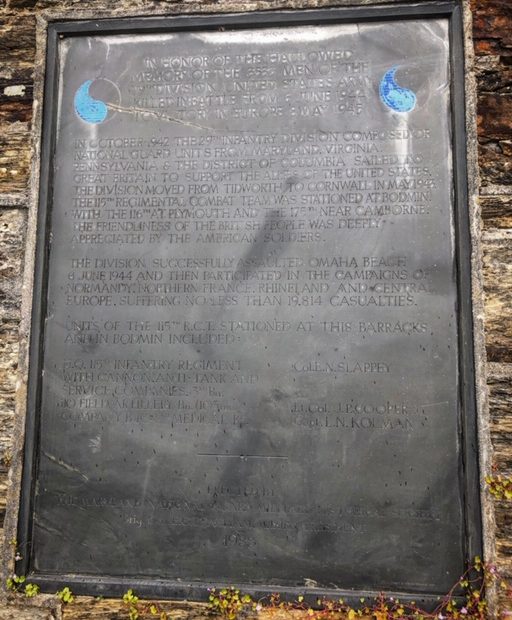
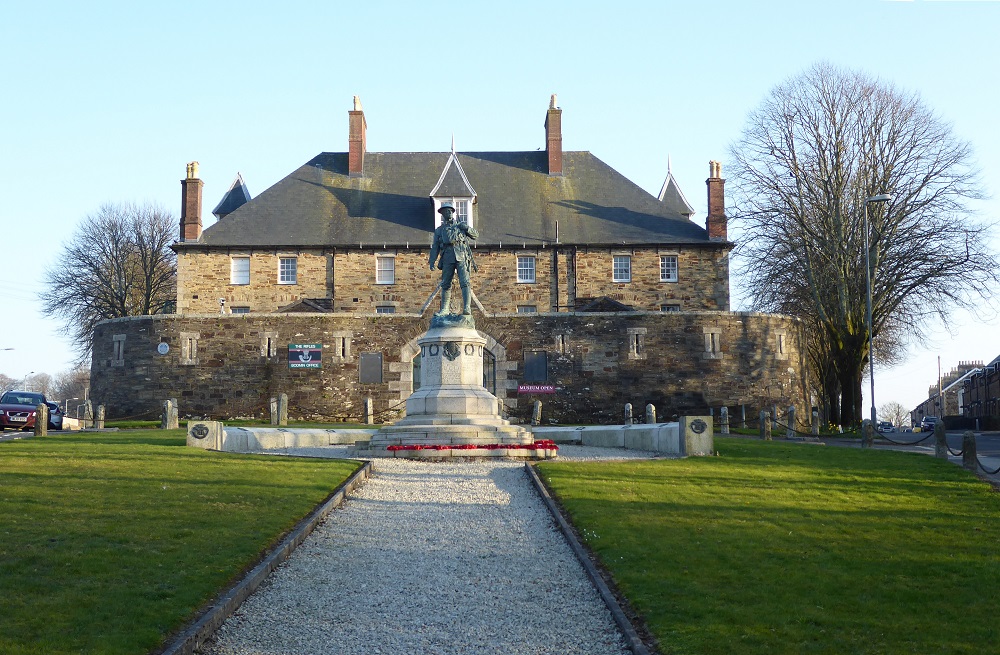
The Journey to 2030
The next few years will be both exciting and challenging. 2030 brings major changes to the way the museum is funded. Our Trustees and staff are working on plans to transform the Keep and ensure a bright and sustainable future for the museum.
We need your support to enable us to continue to educate and inspire future generations.

